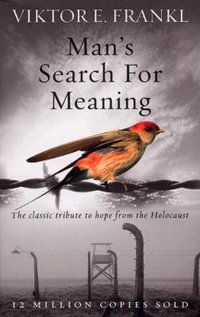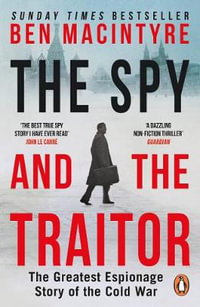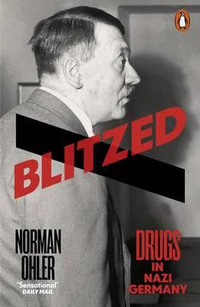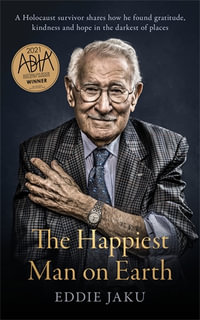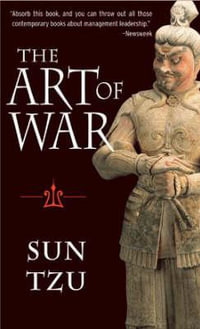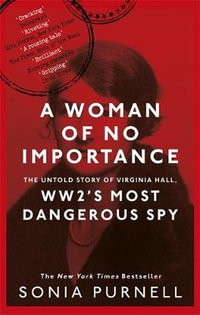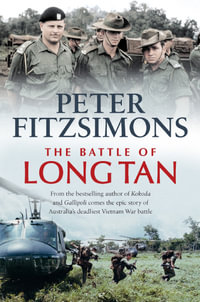The 7th Bombardment Group was one of the few bombardment groups in the Army Air Corps active during the 1930s. From its activation in 1929 to the attack on Pearl Harbor, the Group flew all major types of Army Air Corps bombardment aircraft and participated in numerous exercises and annual manoeuvres, helping to perfect the tactics of daylight precision bombing. During World War II, the 7th Bomb Group carried out strategic bombing operations in a theatre of war far different from what the pre-war doctrine had envisioned. Units of the Group were present at the attack on Pearl Harbor and were still flying combat missions at the very end of the war, making the Group one of the longest serving combat units of the Army Air Force. Flying B-17 Flying Fortresses out of Java in the desperate early days of 1942, the Group moved to India to become part of the Tenth Air Force. Beginning combat operations in April 1942, the 7th Bomb Group converted to the B-24 Liberator and continued to fly missions over Burma and Thailand until August 1945. This book provides a description of the little-known strategic bombing operations of the Tenth Air Force in the China-Burma-India Theater. AUTHOR: Edward Young has had a life-long interest in aviation history. He graduated from Harvard College with a degree in Political Science. After service as a Peace Corps Volunteer in Thailand, he attended the University of Washington, receiving an MA in Political Science. He spent eight years as a commercial banker working in New York and Hong Kong, and then joined Moody's Investors Service, the bond rating agency. During his twenty-year career at Moody's he served as an analyst and managing director with assignments in New York, London, Tokyo, and Hong Kong. He retired to Seattle, Washington, in 2004 to devote his time to writing aviation history. In the course of living in Asia for fifteen years and traveling extensively in the region, Mr. Young developed a particular interest in the history of aviation in Asia and the history of the China-Burma-India Theater in World War II. He has a family connection with the region as well. Mr. Young's father was an exchange student in China during the 1930s, an intelligence officer with the Twentieth Air Force during World War II, and an Asian specialist, while his uncle was assigned to a Chinese tank regiment in Burma during the war and served with the OSS in China. Asian aviation and World War II in the Pacific and the CBI have been the focus of much of Mr. Young's research and writing. He is the author of Aerial Nationalism: A History of Aviation in Thailand, Air Commando Fighters of World War II, and several titles for Osprey Publications, including Campaign 136: Meiktila 1945-The battle to liberate Burma, Warrior 141: Merrill's Marauders, Combat Aircraft 87: The B-24 Liberator in the CBI, Duel 41: B-24 Liberator vs. Ki-43 Oscar, and Aircraft of the Aces 109: American Aces Against the Kamikaze. He is the co-author with Louis Eltscher of Curtiss-Wright: Greatness and Decline. 430+ photographs and maps






